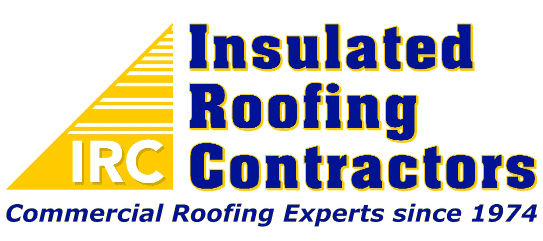KNOW WHAT TO DO BEFORE YOU GET ON YOUR ROOF, HAVE A PLAN!
The first step for anyone that wants to extend the life of their roof is to write down a roof inspection plan. By performing regular effective roof inspections, you can prevent premature failure and minimize the size of repairs required. Detecting any problem early is better than late, and this holds true on your roof. The plan you develop should be thoughtfully considered and developed in order to ensure that it is accurate and useful for the roof. So what should you consider when writing a roof inspection plan?

Your Building’s Environment
The first thing you need to consider for your roof is the environment in which your building is located. Keep in mind as you plan your roof inspections, you are trying to minimize the risk that there are problems on your roof and that they progress enough to become serious issues. By inspecting your roof regularly, the hope is that you will detect issues with your roof while they are still minor, and repair them before they lead to major repairs or, in some cases, roof removal.
With the goal of roof inspections in mind, your building’s environment could weigh in on how often you inspect your roof. If you are located in an environment with mild weather, rarely receive high winds, and have no trees around, your building is pretty low-risk. Once you analyze the risk to your roof based on your environment, you can then make a more informed decision on how often you should inspect.
Your Roof Status
Does your roof see a lot of foot traffic? Do you have workers on your roof servicing HVAC units and other roof features on a regular basis? Is your roof used for anything that draws extra weight or activity to it? If you answered yes to any of these three, your roof is probably higher risk than a roof that rarely has any activity on it. The more activity on your roof, the greater the risk that something will be damaged and need repair.
By considering the status of your roof, what it is used for, what is on it, and how busy it is, you can determine whether or not you need to perform more or less frequent roof inspections. You may find that the only traffic on your roof all year is when you perform your inspections, and you can spread out the inspection frequency a little bit more.
How to Write the Plan
Once you have determined the risk level of your roof and how frequently you need to inspect it, you can start to look at how you will perform your inspections and what you will look at and for. You should make a roof inspection plan, and the first item should state where your inspection will start. Do you have several built-in access points? Which one will you use to gain access to the roof. If you don’t have built-in access, where will you get on the roof and start your inspection?
After that, you need to determine your inspection method. Will you go long ways, sideways, zig-zag, etc.? Whichever pattern makes the most sense to you and will ensure that you cover the surface of the entire roof thoroughly is the pattern you should use; there is no right or wrong answer.
You should also include significant roof features that you make double-sure you check every single time you inspect your roof, and these features should get extra attention with regard to time inspecting and focus while inspecting.
The key to writing this plan is to understand where the greatest risks lie on your roof, and check them re-check them, and then triple-check them. Some areas you can be less thorough and get by with it because it is a low-risk roof area, but other areas require extreme attention, so be sure you recognize the important aspects of your roof.
Conclusion
When writing your roof inspection plan, make sure you understand the risks of your roofing system, the rewards associated with each inspection, and the cost you will incur with each roof inspection. When you know where the risks are and the value added with each inspection, you can assess whether or not it is worth inspecting more or less frequently. Don’t just inspect your roof for the sake of checking it off of a list; you need to understand why you are doing it, what you are trying to prevent, and make a decision based on the value you expect to gain from each inspection.
